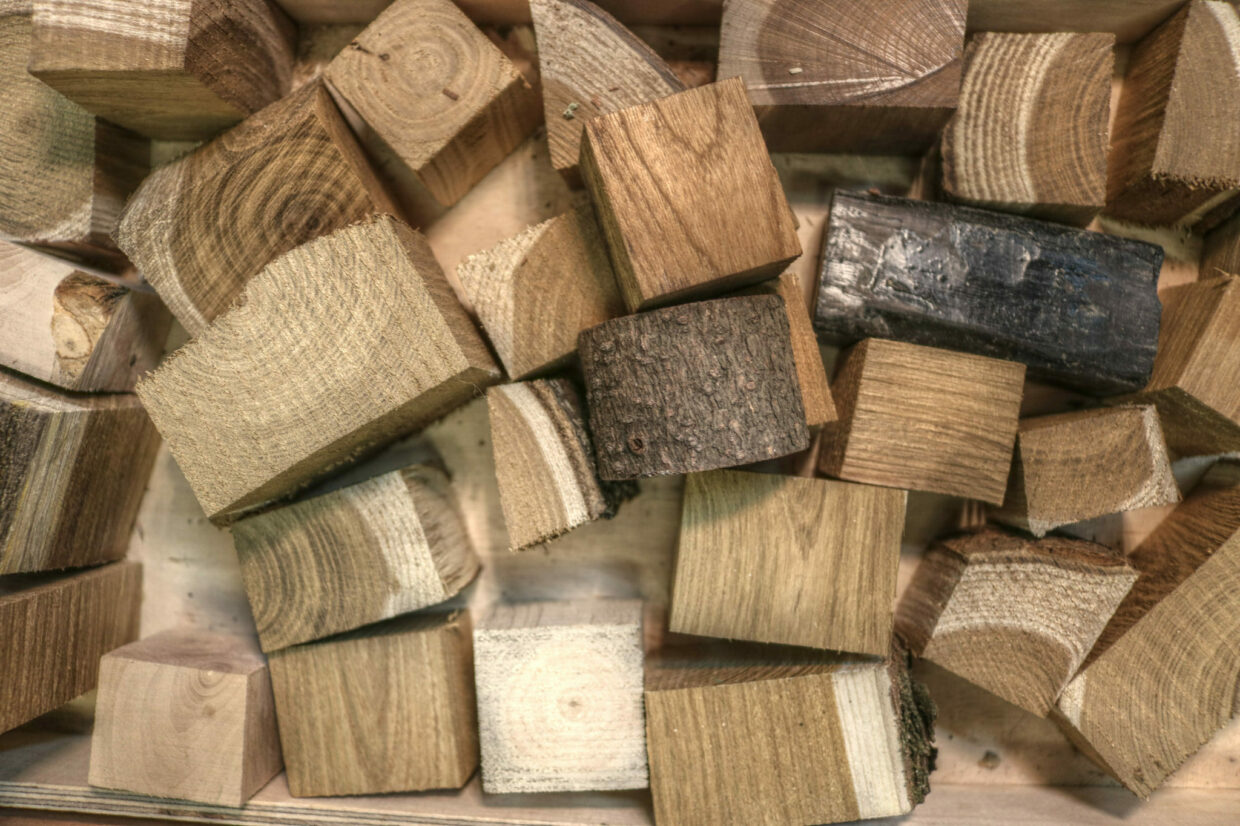Wood
Icelandic wood is a vital material in my knife handles. Within a few centuries after the initial settlement, Iceland would prove to be one of the worst examples of deforestation ever on record. Where there were once trees now sat grazing lands, barren soil and young grass. Organized forestry in Iceland did not begin until 1899 so until recently the coutry was mostly a treeless land.
We have an old joke in Iceland:
“What should you do if you get lost in an Icelandic forest?”
The answer is “Just stand up”.
With the help of reforestation many community parks and private gardens in Iceland have very high trees that need to be thinned regularly. I try to source my Icelandic wood sustainably, using discarded tree parts. I is always on the lookout for communities, landowners or forestry soscieties that grow diverse types of trees and need to get rid of branches or tree trunks after thinning.
The only native trees in Iceland are downy birch , rowan, tea-leaved willow and the extremely rare wild aspen. Over 85 foreign tree species have been introduced to Iceland, the most common and triumphant to flourish include the sitka spruce, black cottonwood and lodgepole pine.

